10 Quirky Festivals Around the World You’ve Never Heard Of

Step Into the World’s Most Unusual Celebrations
Think you’ve seen it all? Wait until you hear about festivals where people chase cheese down hills or throw tomatoes at each other. Get ready to explore 10 quirky celebrations that’ll leave you amazed!
1. Cheese Rolling Festival (England)
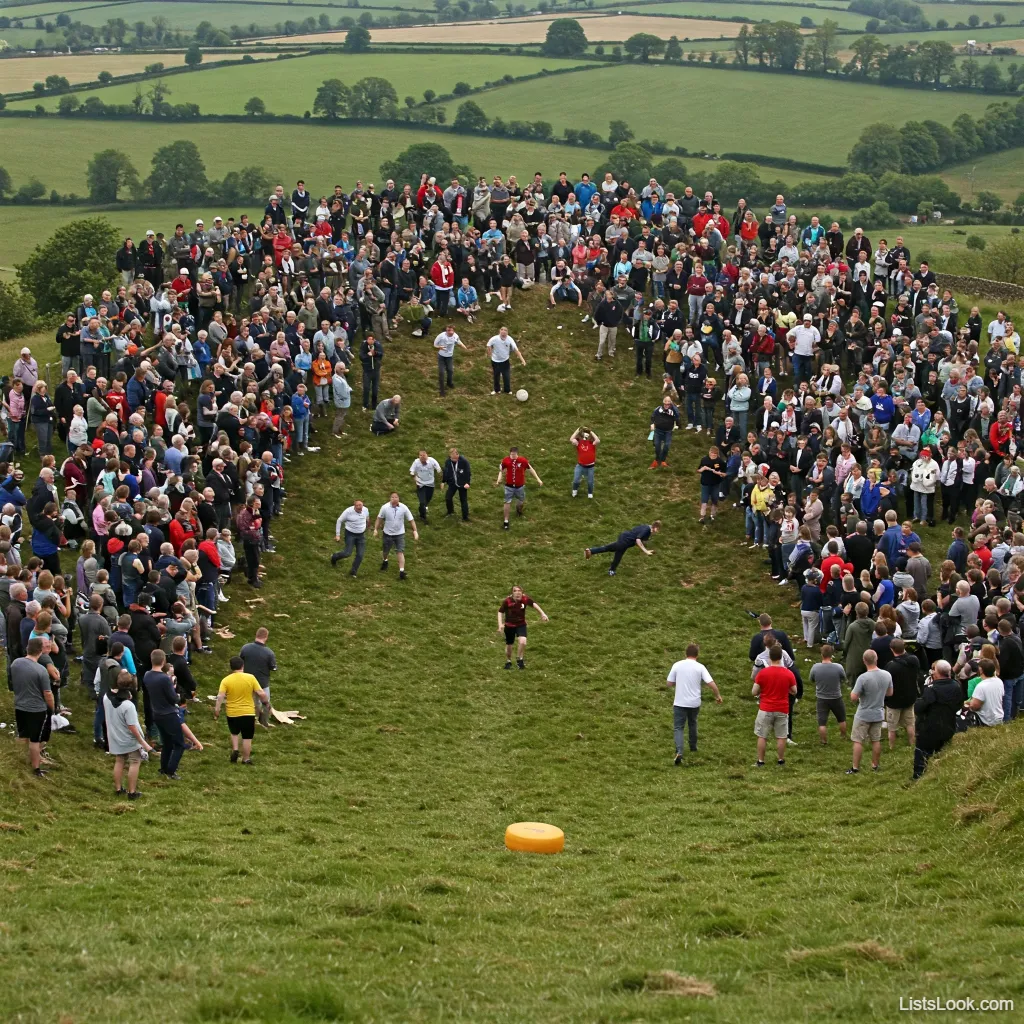
The annual Cheese Rolling Festival takes place every Spring Bank Holiday in Gloucestershire, England, drawing participants and spectators from across the globe. This exhilarating and somewhat perilous event involves chasing a 7-9 pound wheel of Double Gloucester cheese as it barrels down the incredibly steep Cooper's Hill. Originating centuries ago, possibly from pagan traditions or rituals to maintain grazing rights, the first written record dates back to 1826.
Racers launch themselves down the hill, attempting to catch the cheese, though it's nearly impossible due to its head start and speed. The first person to cross the finish line at the bottom wins not only the cheese but also bragging rights. Despite the inevitable tumbles and injuries, the tradition persists, embodying a uniquely British blend of eccentricity and thrill-seeking.
2. La Tomatina (Spain)
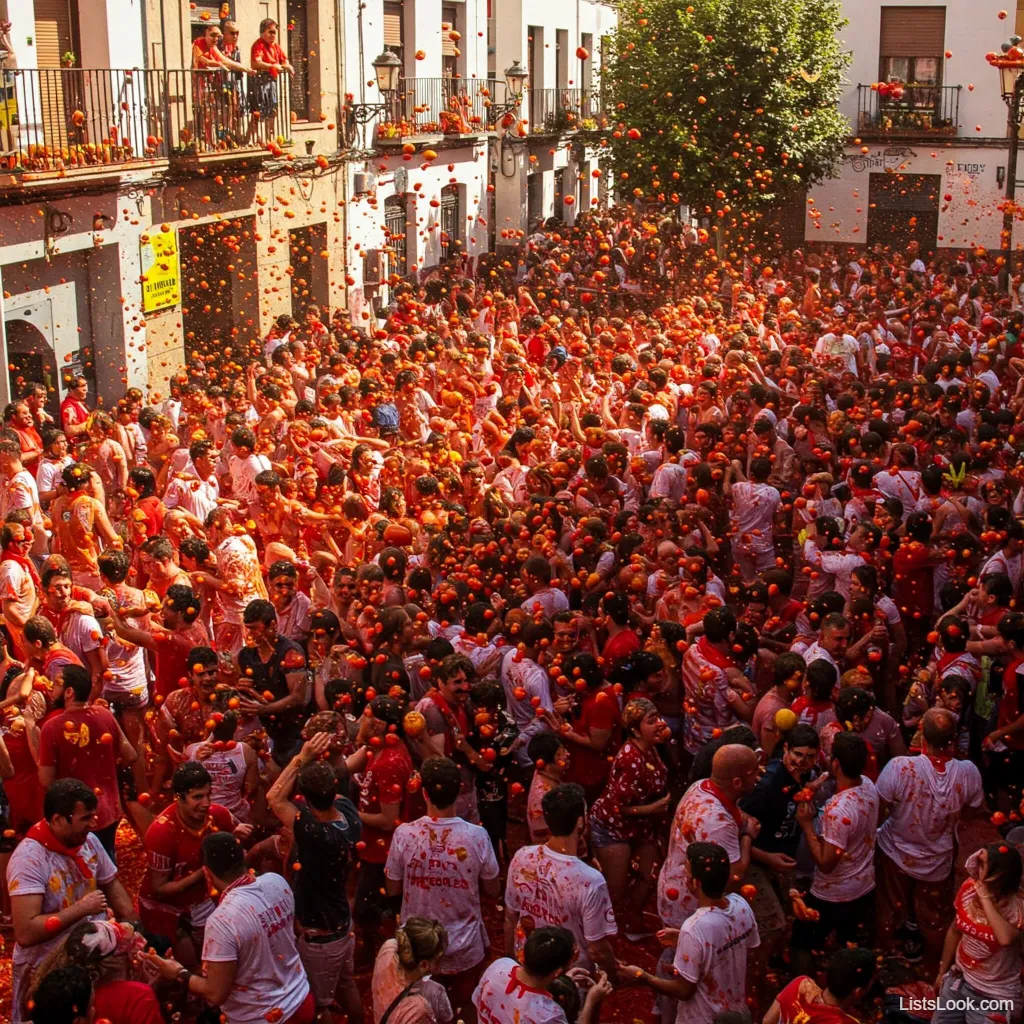
La Tomatina, celebrated annually on the last Wednesday of August in Buñol, Spain, is the world's largest organised food fight. This chaotic and joyous festival sees over 20,000 participants gather in the town square to hurl more than 150,000 ripe tomatoes at each other.
The origins of this messy tradition are debated, with theories ranging from a spontaneous food fight among locals in the 1940s to a symbolic protest. Regardless of its beginnings, La Tomatina has become a global spectacle, drawing crowds eager to be drenched in tomato pulp. The event lasts for about an hour, turning the streets into rivers of red, and creating an unforgettable, albeit pulpy, experience.
3. Baby-Jumping Festival (Spain)
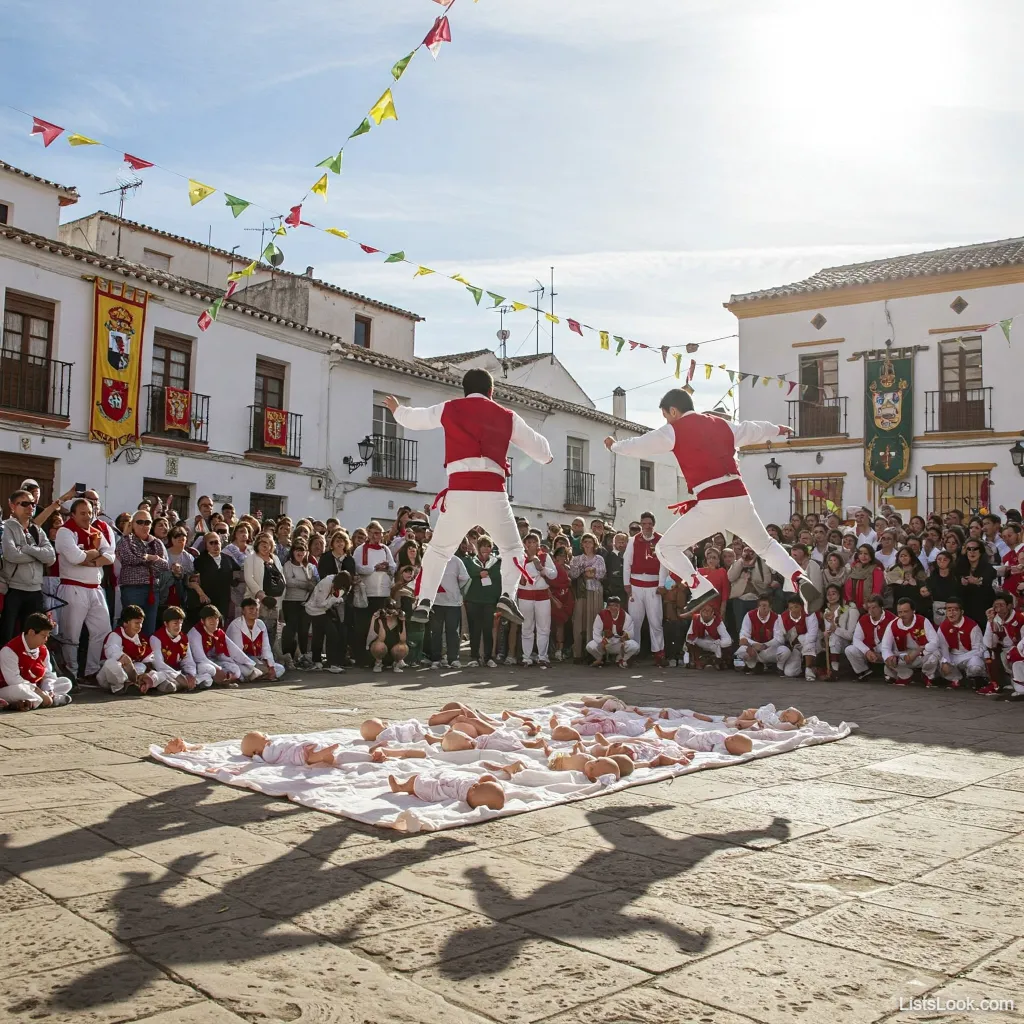
The Baby Jumping Festival, or El Salto del Colacho, is a unique and ancient tradition held in Castrillo de Murcia, Spain, dating back to 1620. As part of Corpus Christi celebrations, men dressed as 'Colachos' (devils) leap over rows of babies, who are placed on mattresses laid out in the street. This act is believed to cleanse the infants of original sin and ensure them safe passage through life.
The ritual combines Christian and pagan elements, with the 'devils' representing evil being overcome. While seemingly precarious, the practice is carefully managed, and is considered a significant cultural and religious event in the community, drawing both locals and curious onlookers to witness this distinctive ceremony.
4. Kanamara Matsuri (Japan)

Kanamara Matsuri, or the "Festival of the Steel Phallus," is a vibrant and unique celebration held annually in Kawasaki, Japan, in April. This Shinto festival is dedicated to fertility, childbirth, and marital harmony, and is visually striking for its prominent phallic imagery. Giant penis-shaped shrines are paraded through the streets, and phallus-themed candies and decorations are ubiquitous.
Originating in the Edo period, it was historically popular among sex workers praying for protection from STIs. Today, it has evolved into a joyous celebration of sexual health and openness, attracting large crowds and raising money for HIV/AIDS research. The festival is a testament to Japanese culture's complex and sometimes playful relationship with sexuality and religion.
5. Boryeong Mud Festival (South Korea)
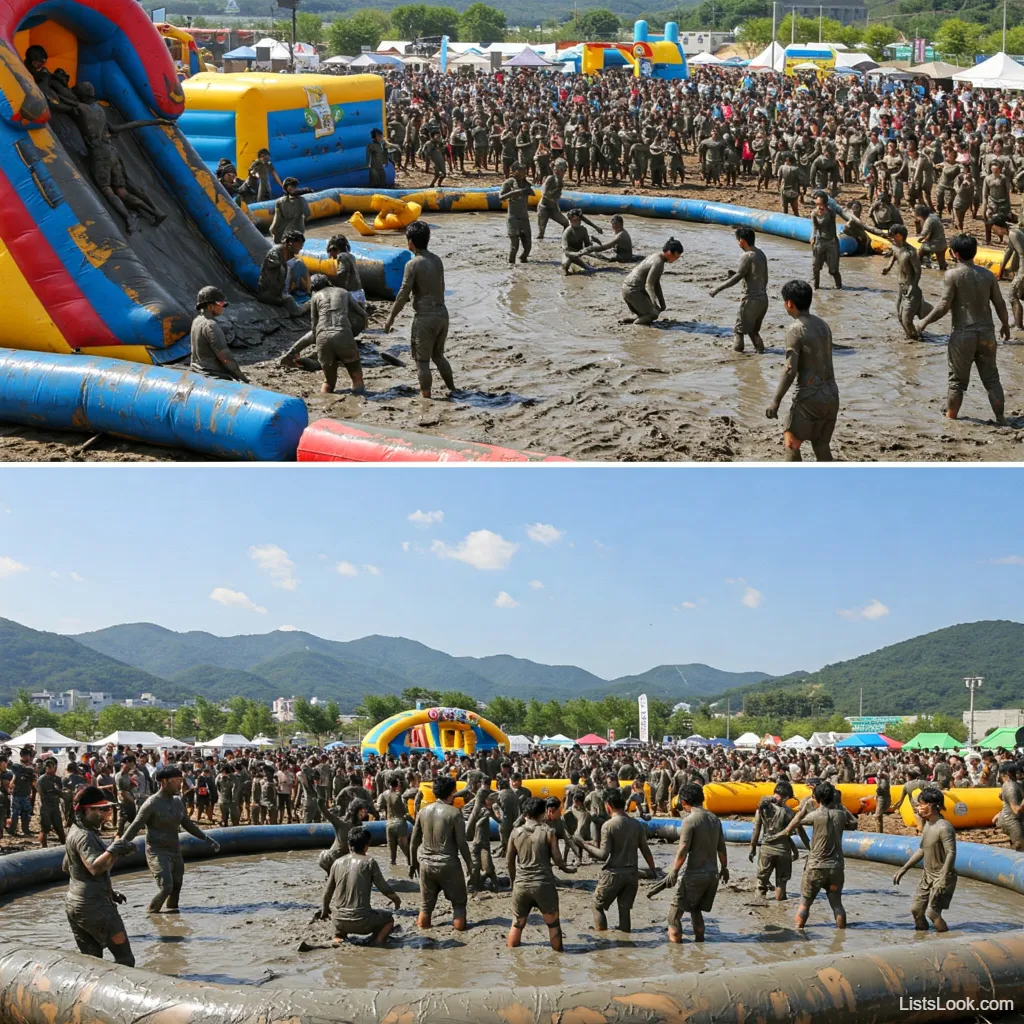
Every July, Boryeong, South Korea, transforms into a mud-lover's paradise for the Boryeong Mud Festival. Millions of visitors flock to Daecheon Beach to immerse themselves in mineral-rich mud sourced from the Boryeong mud flats. Initially conceived in 1998 to promote Boryeong mud cosmetics, the festival quickly evolved into a massive celebration of all things mud.
Beyond the skin-enhancing mud baths, the festival features mud wrestling, mudslides, and even a mud prison. The event is a playful and messy affair, offering a unique and therapeutic experience, drawing both locals and international tourists seeking unconventional fun and purported health benefits from the mineral-laden mud.
6. Night of the Radishes (Mexico)

The Night of the Radishes, or Noche de Rábanos, is a unique and intricate festival held annually in Oaxaca, Mexico, on December 23rd. Dating back to 1897, this event showcases the artistic talents of local radish farmers. Originally a market tradition to attract customers to Christmas markets, it has grown into a formal competition where artisans carve elaborate scenes and figures from large radishes.
These aren't your average radishes; they are specially grown to enormous sizes for carving. The detail and creativity displayed in the radish carvings are remarkable, ranging from nativity scenes to depictions of Oaxacan life. The ephemeral art form, lasting only for the night as the radishes quickly wilt, adds to the festival's special charm.
7. Monkey Buffet Festival (Thailand)

In Lopburi, Thailand, the annual Monkey Buffet Festival is a truly unique expression of gratitude. Locals lay out an extravagant feast of fruits, vegetables, and other treats for the thousands of macaques that inhabit the city. This tradition is not just a whimsical event; it's rooted in the belief that the monkeys bring good fortune and attract tourists to the region, thus benefiting the local economy.
The buffet is a spectacular sight, with monkeys freely indulging in the offerings, climbing over tables laden with food. The festival has grown in scale over the years, becoming a significant tourist attraction and a distinctive example of human-animal interaction and cultural appreciation.
8. Hadaka Matsuri (Japan)
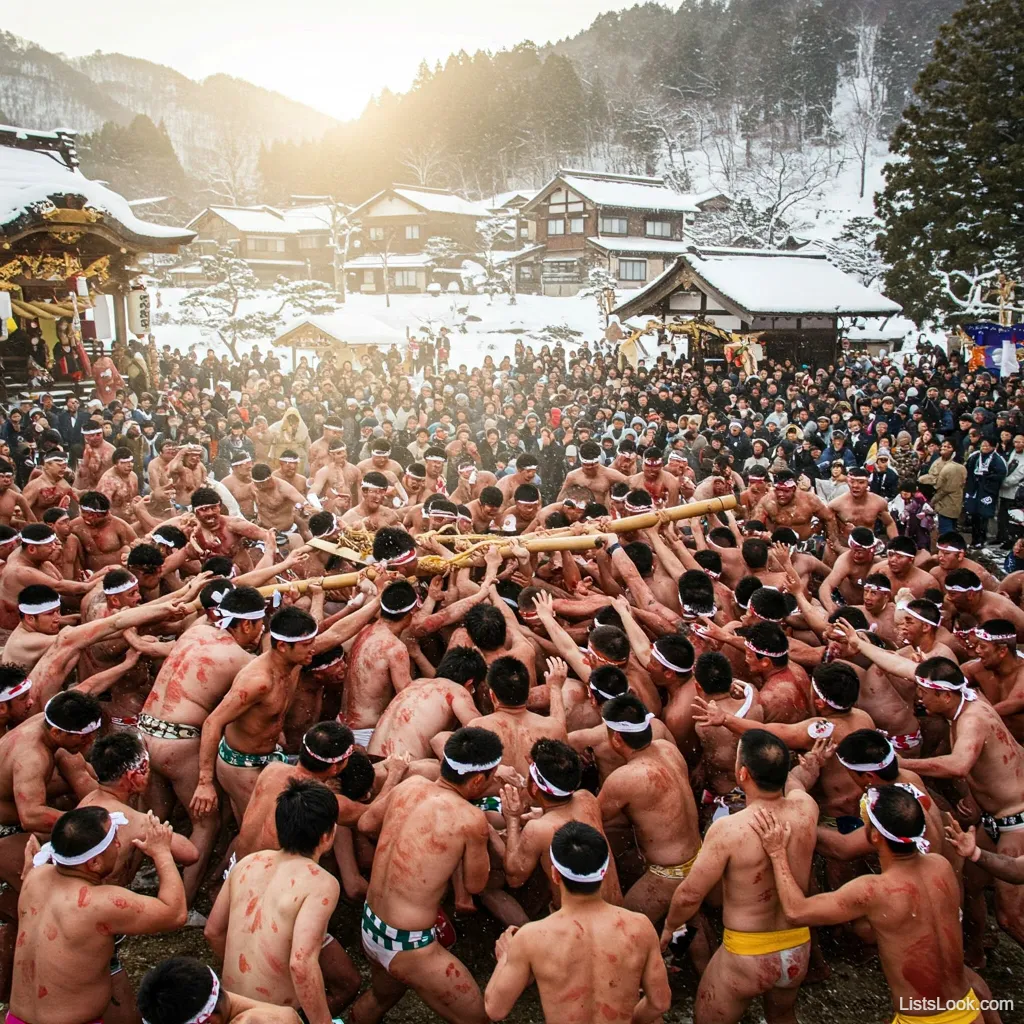
Hadaka Matsuri, meaning "Naked Festival," is a spirited and chilly event held in Okayama, Japan, every February. Despite its name, participants are not entirely naked; men wear minimal traditional loincloths ('fundoshi') as they brave the winter cold. Around 10,000 men participate, vying to catch sacred 'shingi' sticks thrown by priests into the throng.
Catching a stick is believed to bring good luck for the year. The festival is a test of endurance, faith, and communal spirit, with participants pushing and shoving in the near-freezing temperatures to grab the lucky charms. Hadaka Matsuri is a visually striking and energetic spectacle, deeply rooted in Japanese Shinto traditions and attracting considerable attention.
9. Up Helly Aa (Scotland)
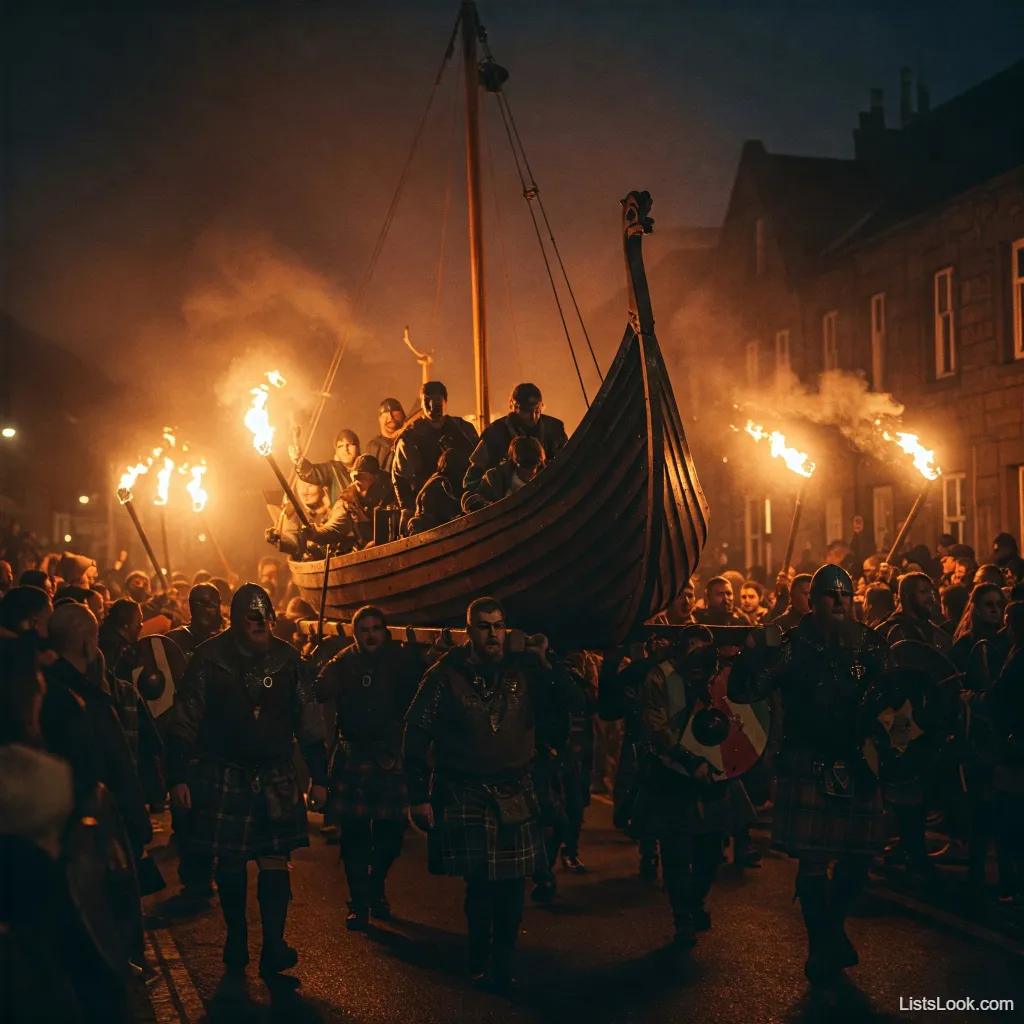
Up Helly Aa is a spectacular fire festival celebrated annually in Lerwick, Shetland, Scotland, on the last Tuesday of January. This grand event marks the end of Yule and celebrates the islands' Viking heritage. The festival culminates in a torchlit procession of 'Guizers' (participants in costume) who march through the town, dragging a meticulously crafted Viking longship replica.
The procession ends with the symbolic burning of the longship, set ablaze by flaming torches, creating a dramatic and awe-inspiring spectacle. Up Helly Aa is a community-driven event, with preparations taking almost a year. It's a powerful expression of Shetland's Norse history and a vibrant cultural highlight of the Scottish calendar.
10. Polterabend (Germany)
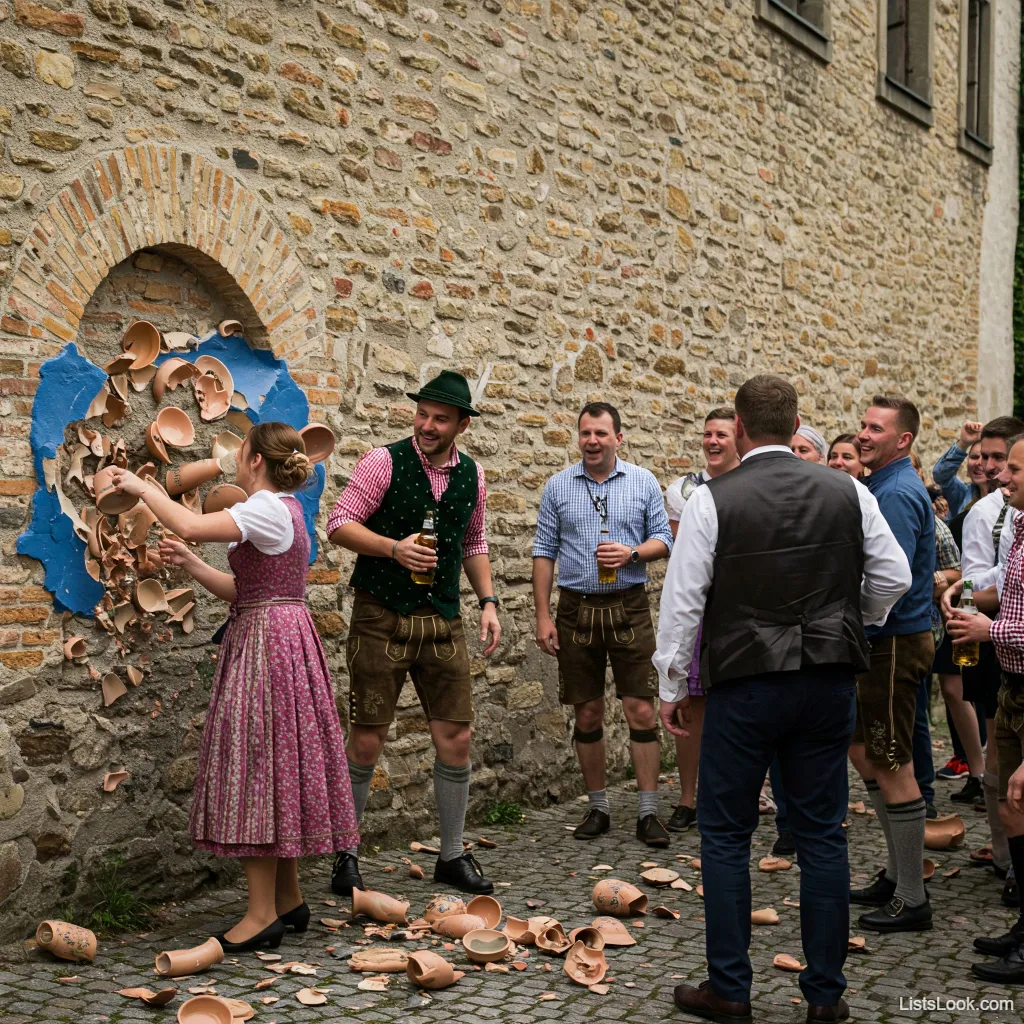
Polterabend, a German pre-wedding tradition, is a raucous and symbolic custom that translates to "noisy evening." Held the night before a wedding, friends and family gather at the couple's home to smash porcelain dishes – everything except glass and mirrors – to create a mountain of shards.
The ensuing chaos is deliberate; the belief is that the noise of smashing pottery drives away evil spirits and brings good luck to the marriage. More importantly, the couple must then clean up the mess together, symbolizing their teamwork and ability to face future challenges as a united front. Polterabend is a fun, noisy, and meaningful ritual, emphasizing cooperation and resilience as key ingredients for a successful marriage.
Share the World’s Quirkiest Celebrations
From radish art to tomato fights, these festivals show how creativity and tradition collide in the most unexpected ways. Which one would you attend? Share this list and spread the joy of global weirdness!